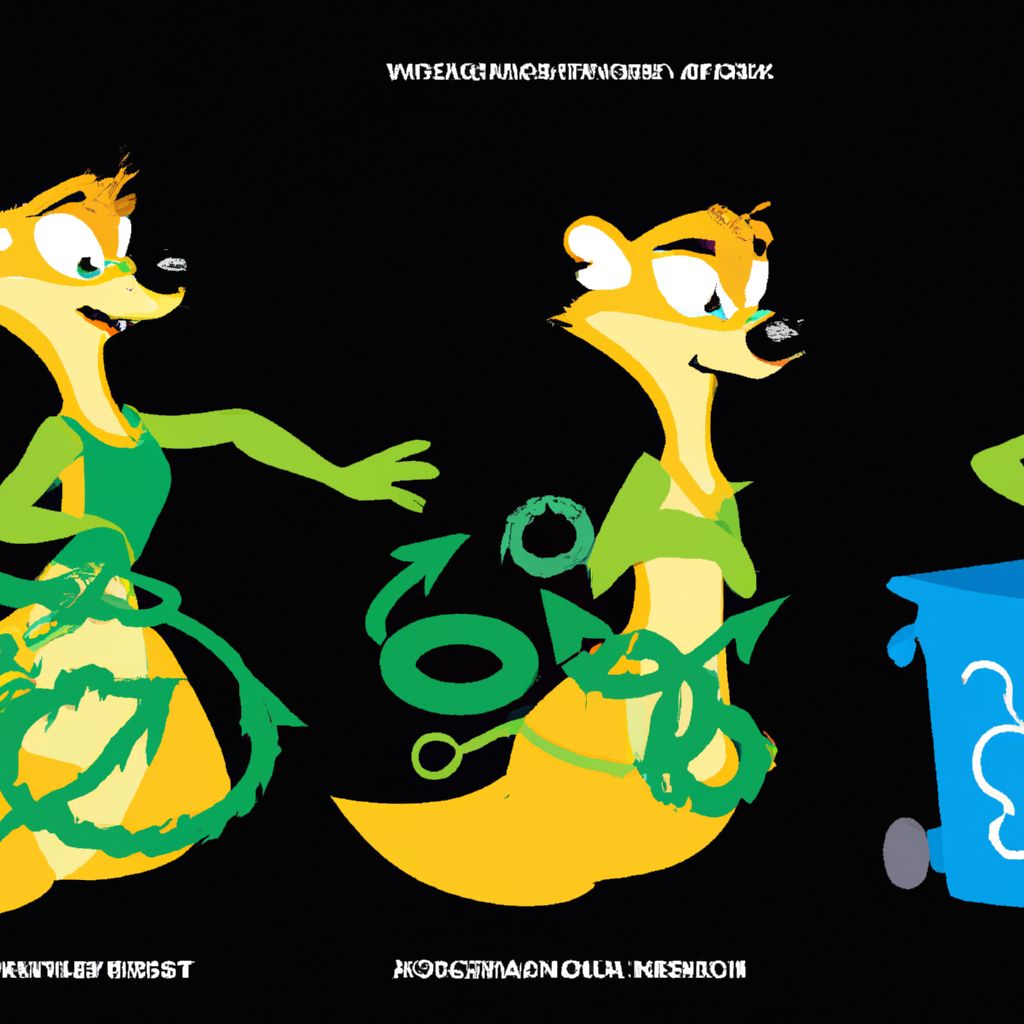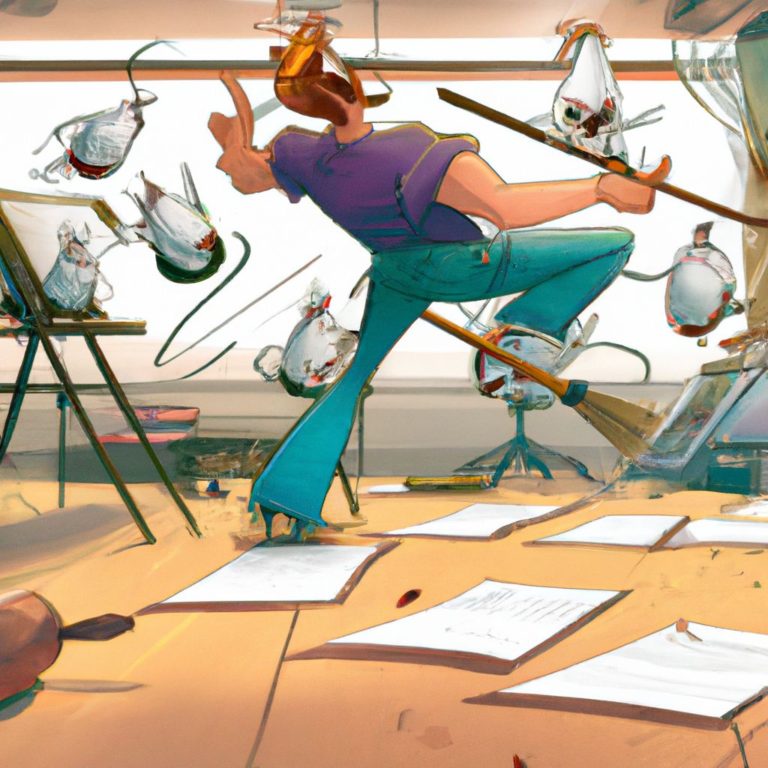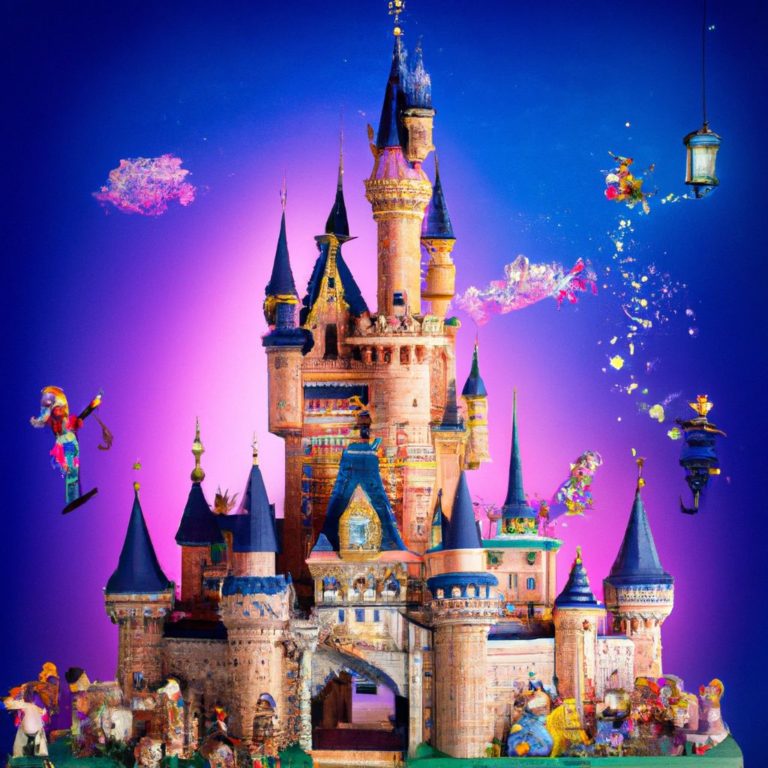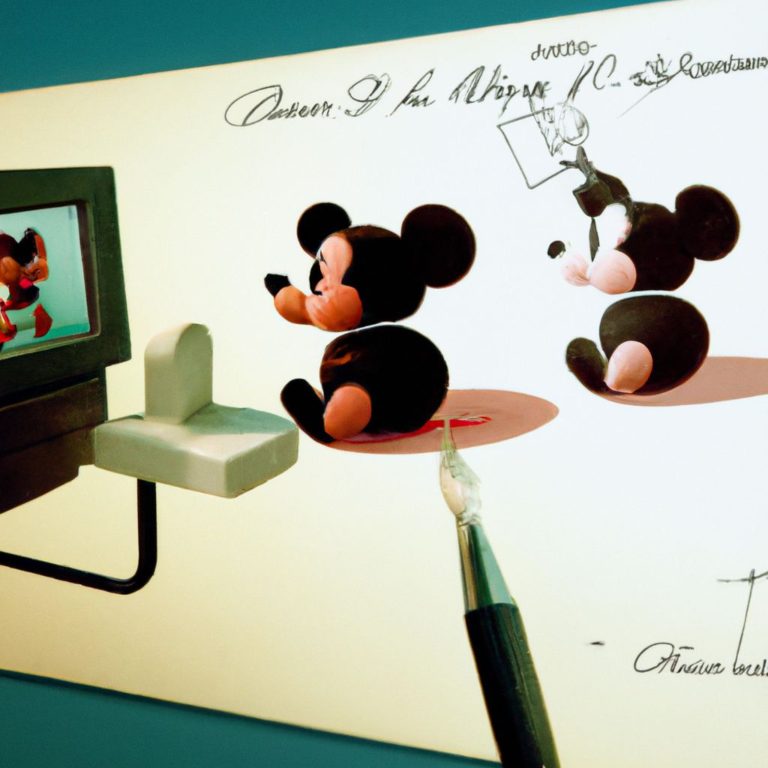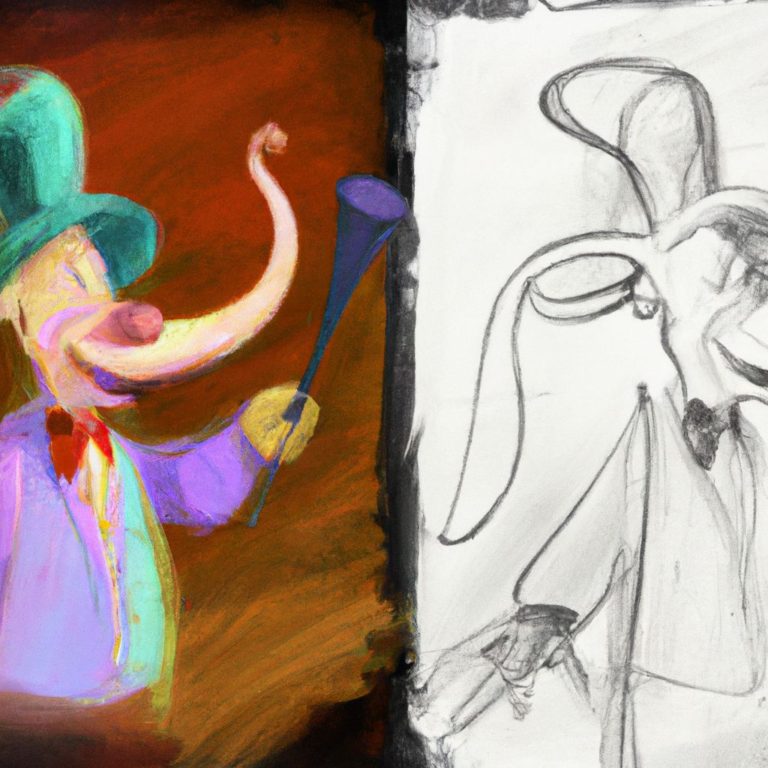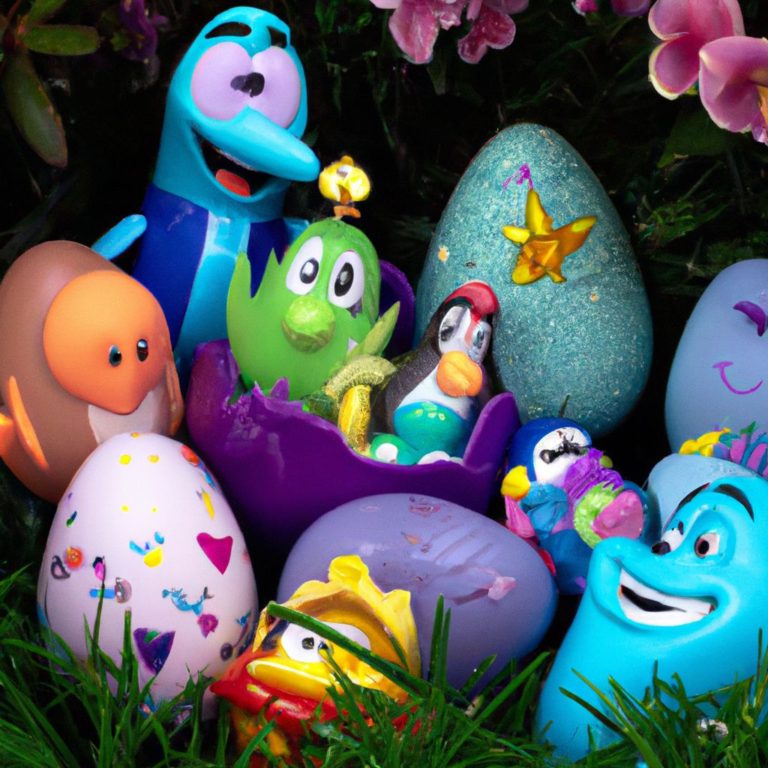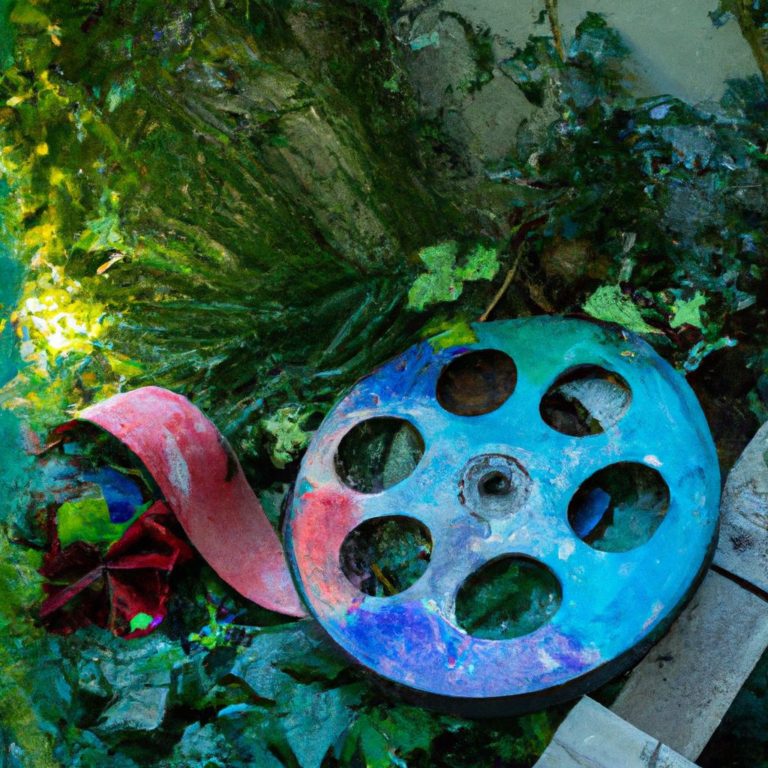How Disney Recycles Animation
- 100 Disney Facts That Might Surprise You - June 24, 2023
- Secrets Of Disneyland Attractions - June 24, 2023
- Real Life Inspirations Behind Disney Movies - June 24, 2023
Introduction: The Power of Animation Recycling
Animation recycling is a powerful tool Disney uses to give old characters some new life. It saves time and money, plus maintains the quality of the animations. This process keeps the character movements and expressions the same, but adds fresh elements to each scene.
The beauty of this technique lies in its ability to make it feel familiar. Animators study previous works to find the best sequences for different situations or characters. They look at body movement, facial expressions, and gestures to pick the perfect fit.
To enhance animation recycling, Disney could team up with other studios. This would give them access to a wider range of pre-existing animations. And investing in tech to automate the adaptation process could save time and reduce errors.
The dark side of Disney? Reusing animations!
The MECE Framework: Analyzing Disney’s Animation Recycling Strategy
Disney’s animation recycling strategy can be broken down into categories, using the MECE framework. It is mutually exclusive and collectively exhaustive.
There are categories such as:
- Storyline – Familiar narratives for viewers.
- Characters – Revisiting popular characters.
- Scenes – Reusing shots with minor changes.
- Animation Techniques – Incorporating previously developed techniques.
- Music – Recycling iconic soundtracks.
- Themes – Exploring similar themes across movies.
Also, there is an additional element: Easter Eggs. These hidden references create a sense of interconnectedness.
The history of Disney’s recycling strategy dates back to WW2, when resources were scarce. It has evolved into a strategic move that plays on nostalgia, whilst still delivering something new.
The MECE framework provides a comprehensive overview of Disney’s strategy. It shows how familiar elements, combined with new ones, keep audiences captivated.
The Evolution of Disney’s Animation Recycling Techniques
Disney’s animation recycling techniques have evolved over time. From using cut-outs and tracing in the early days, to repainting and altering present scenes in the 90s, to digital integration and 3D renderings today.
They have also repurposed character animations from one movie to another with minor changes and tweaks.
This approach has showcased their creativity and cost-effectiveness. It was even more emphasized in Walt Disney’s era, as he encouraged animators to use sequences or poses from earlier films.
Disney’s Approach to Recycled Animation in Different Movies
Disney has a unique way of recycling animation in its movies. It reuses some sequences and gives them a new twist, saving time and resources.
Let’s take a look at some examples.
- In The Lion King, the ‘Circle of Life’ sequence is recycled.
- In Aladdin, some dance sequences appear in The Little Mermaid.
- Gaston’s fall from the castle roof in Beauty and the Beast is reused for Hades’ fall in Hercules.
- Mulan’s hair combing scene appears again in Moana.
Disney also subtly incorporates old animation scenes into their films. They’re not always obvious, but they add creativity and depth.
Pro Tip: While watching Disney movies, look out for recycled animation sequences. You’ll get to appreciate the studio’s resourcefulness and artistry.
The Benefits and Limitations of Animation Recycling for Disney: recycling animations is like a second chance – the characters never age or break up!
The Benefits and Limitations of Animation Recycling for Disney
Disney has found a way to save time and resources with animation recycling. This technique has many advantages, such as creating a consistent visual style and paying homage to past classics. However, it may lead to a lack of originality or artistic stagnation.
Disney is dedicated to preserving the essence of recycled animations. They make sure the reused sequences blend with new material.
For instance, in “The Little Mermaid,” a frame from “Snow White and the Seven Dwarfs” is repurposed. This incorporation adds depth and intertwines the Disney universe.
Balancing reuse and innovation, Disney continues to captivate audiences with their timeless storytelling and unforgettable characters. Simba and Mufasa aren’t the only ones who feel a little lion in the house!
Conclusion: The Enduring Magic of Disney’s Animation Recycling
Text:
Disney’s secret to enduring magic? Recycling animation! This practice saves time and resources, allowing them to focus on storytelling and creating iconic characters.
Plus, it preserves Disney’s signature style. Reusing beloved scenes and sequences keeps the magic alive for fans – young and old alike. It also makes experimentation easier – Disney can explore new narratives and take risks, all within familiar visuals.
But don’t think it’s haphazard! Careful selection and adaptation of existing animations ensures that recycled scenes fit naturally into new contexts.
It’s a tradition that dates back to Walt Disney himself. And as technology advances, so does animation recycling – captivating audiences worldwide.

